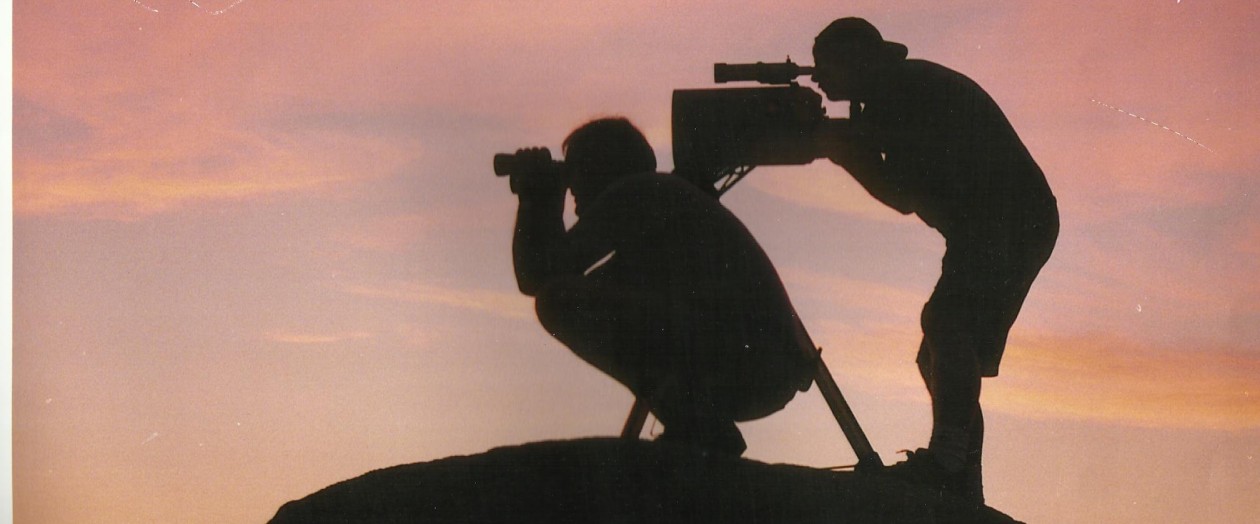but you never know.
This Cove article was published back in November so those who give the subject matter the serious attention it deserves have absorbed whatever they needed.
This is being posted for those UNbelievers who, when all hell breaks loose in your neighborhood you’ll at least have an idea they ain’t firecrackers you hear outside your door.
Only two or three Observations will be pasted here while over at Cove every Observation has an accompanying Lesson Learned. You will have to go to Cove.org for those.
Observation: Although optic sights were found on a limited number of rifles, most of the enemy sniper weapons utilised iron sights. The vast majority of the insurgent snipers were local to the city or region and therefore had an in-depth knowledge of the city layout. Most of their hides and firing positions were well thought and planned prior to the Islamic state inspired insurgents seizing Marawi City, often using tall buildings to dominate all approaches. The insurgents would also utilize hostages as human shields to restrict any opportunities that the AFoP had to return fire in their hide location.
Enemy snipers utilized loophole shooting (often called ‘murder holes’) to a deadly effect. They would position hides overlooking choke points, bridges and obvious avenues of approach with excellent fields of fire, or onto killing zone where AFoP would traverse or dwell. They would then knock a medium size hole in a wall and then, if possible, knock a smaller hole in the adjacent room. From the adjacent room they would often set up their hide, allowing them to engage from depth with relatively good cover from fire and concealment.
This tactic was also utilised in stairwells. Knowing the AFoP would have to make entry to clear the building, the enemy snipers would cut a hole through the stair well and sit off some distance. Once the AFoP made entry the enemy sniper would have a clear line of sight of the door way and stairwell entry allowing him to score a centre of mass hit. The Insurgent snipers also made use of dummy hides to draw out or bait the PMC scout snipers to engage. Quite often the PMC scout snipers would enter counter-sniping battles with the insurgent snipers across roads, city blocks and bridges with the average engagement distance being 150 to 200m.
Observation: Due to difficulty in coordination and inexperience in orchestrating effects in the urban environment, command and control was highly centralised. Furthermore, because urban fighting was new to the AFoP, rapid operational tempo and simultaneous action were nearly impossible to achieve.
One more; it might provide an explanation for all those underground explosions reported all around the Country for the last decade or so. An optimist like me would like to believe it is the U.S. Army combat engineers taking out the refugees works in progress.
On the other hand, drugs have little problem making it across the border why shouldn’t explosives?
Observation: In Marawi the enemy used covered withdrawal routes, or ‘ratlines’ (holes dug through walls or floors, or concealed passageways through basements etc), to enable movement to and from battle positions, or to move to depth if a battle position was at risk of being overrun. When these were discovered, the AFoP would either have combat engineers collapse the tunnels on top of the enemy, or use smoke to flush the lines out. If using smoke, they would concurrently send a drone above the entrance, as they could often find the other end of the ratline by watching for the smoke escaping from the far end.


